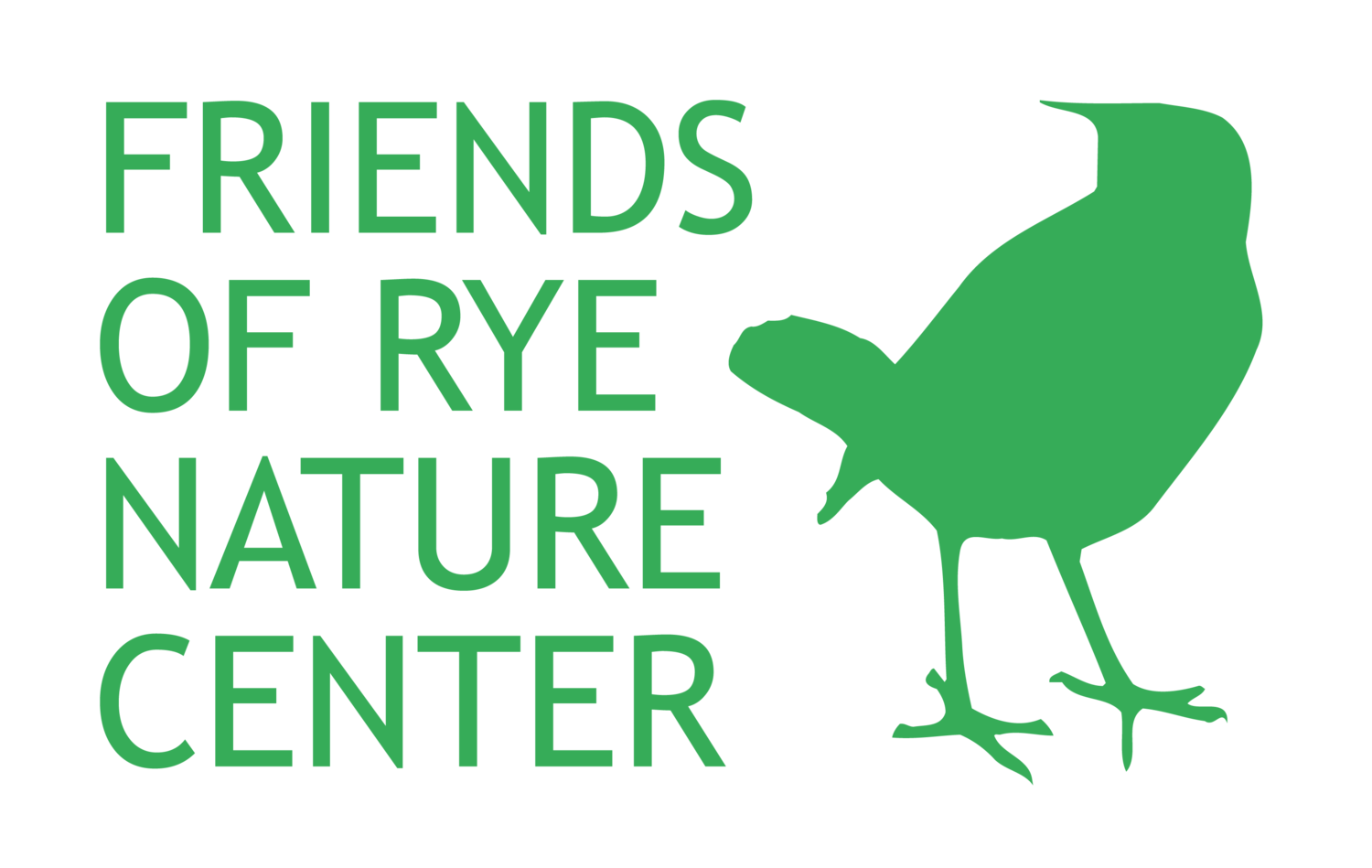Mid-November is prime time for love-struck whitetail bucks to be trailing does. Here's what you need to know about the rut to avoid costly collisions with deer.
By Todd & Jack Smith
Every autumn, you probably notice more deer activity around Rye-deer running across roads, jumping fences, and acting a bit more skittish than usual. That's because in the region where we live, whitetail deer generally enter the peak of "the rut" (the breeding season) around November 8th.
What Causes the Rut?
The rut is driven by changes in the number of daylight hours, which trigger hormonal changes in whitetail deer.
Rub marks are caused by bucks raking their antlers against trees to leave a scent signature that attracts does.
Photograph by Todd Smith
In male deer, called "bucks," these hormonal shifts initiate a wide variety of changes in deer behavior and physiology that lead to breeding. As noted in an article by the Quality Deer Management Association, "First, antlers mineralize and bucks shed their velvet" the fuzzy, pre-calcified outer layer of their antlers. Once their antlers have hardened, "bucks begin sparring, rubbing trees, and making scrapes. This transitions to some fighting to establish dominance and breeding rites and eventually to breeding."[1]
Female deer, called "does," also experience hormonal changes during the rut that amplify their receptivity to bucks. Their condition of heightened interest is called "estrus," and peaks around November 8 when bucks are most enthusiastic.
In our region, breeding in November assures the best survival rate for whitetail babies, called "fawns." Given the whitetail doe's 201-day gestation period, fawns are born in May or June, when temperatures, forage, and cover are optimal for fawn survival.
If a doe does not mate in November, she will come into estrus again approximately 28 days later, in what many refer to as "the secondary rut." While you may not notice as much activity during this period, deer will still be on the move
When to Watch Out
Photograph Courtesy of QDMA
In the days between Halloween and Thanksgiving, whitetail movements peak. Driven by hormones, bucks that normally live secretly lose all fear. Their sole focus becomes finding whitetail does in estrus, and they sprint throughout their range, testing the wind to locate breedable does. Once a buck finds one, he will chase her until she acquiesces, demonstrating his physical and evolutionary fitness to breed.
Many times, as a result of being chased, does run blindly across busy streets without a thought for oncoming traffic. Collisions with automobiles are inevitable, which is why we tend to see more deceased deer by the roadside in the fall.
Drive Carefully
Deer Damage Caused By Auto Collisions
1.35 million: Auto/deer collisions in 2017
10,000: Injuries caused by collisions with deer annually
200: Fatalities caused by deer collisions annually, nationwide
$4,179: Average cost of deer collision insurance claim
$5.6 billion: Annual cost of automobile repairs caused by deer collisions
Our neighbors in Rye had a buck dash in front of their Jeep Cherokee a few years back, causing an unavoidable collision. Fortunately, no one was hurt, but the accident caused thousands of dollars of damage to their vehicle. My wife had a doe charge headlong into the side of her car during this time years ago. Again, no one was hurt, but the doe left a large dent.
State Farm® estimates that "1.35 million auto-deer collisions occurred in the U.S. in 2017. These crashes were costly for drivers, with a national average cost per claim of $4,179." That means that collisions with deer cost an estimated $5.6 billion in annual automobile repairs.
The National Highway Traffic Safety Administration reports that on average, deer collisions kill 200 people in the U.S. and injure more than 10,000 each year. While 200 deaths per year is a minute number, your risk of death-by-deer is actually much higher than the risk posed by more infamous killer critters. According to Cascade Collision, sharks kill only one person on average each year, and bears have been linked to only 28 fatalities in the past decade.[2]
The moral here, though, is not to "fear the deer." It is know the deer. By understanding when deer are most active, from Halloween to Thanksgiving, we know when to drive most carefully. Remember: during the rut, most deer activity will occur after the sun sets, but deer can be active at any time. If you see a doe cross the road in front of you, slow down-an interested buck may be following close behind. By appreciating the behavior of complex animals like deer, we can all live a little safer alongside the beautiful animals that share our neighborhoods.
About the Authors: Todd Smith is an outdoor writer, former FRNC board member, and founder of Think Outside Consulting, LLC, a content development company specializing in the outdoors. Jack is his son, a lifelong outdoorsmen like his father who currently works to manage the grounds of the Rye Nature Center.
[1] Adams, Kip, "What Triggers the Whitetail Rut?" [2] "Car Accidents Involving Deer: The Facts," n.d. https://cascadecollision.com/blog/car-accidents-involving-deer-facts/.



